It consists of four areas:
Area 1, the former Italcementi industrial site, will be the replication site of area 4 testbed. According to the re-development plan of the Municipality of Trento for the coming years, area 1 will host an entirely new mixed-use district, containing residential and tertiary buildings. The aim is to develop the district as self-sufficient, by also exploiting on site geothermal potential and optimizing the urban morphology of the new building blocks (i.e., orientation, size, position etc.) for RES production to power geothermal heat pumps.
Area 2 is an urbanisation from the 50s–70s. Most of the buildings are close to or have already reached the end of their life cycle. The area was developed with a strong focus on social housing and is still partially owned by the Trentino Institute for Social Housing (ITEA). These residences have high potential to be renovated by using standardised prefabricated timber-based façade elements, implementing the so-called “One-Stop-Shop” approach in ARV, which provides technical support at all stages of design and renovation. Private owners of the area are invited to associate themselves in the redevelopment process, thus guaranteeing a high degree of replicability also for other districts of Trento.
Area 3 includes the former Piedicastello highway tunnel encompassing two 250-m holes in the “Dos Trento” mountain, which are currently used as an art and exhibition gallery. This geo-structure is intended to supply and store energy for the new city district in areas 1 and 2.
Area 4, currently used as a parking lot, will be redeveloped with a service HUB for the district and the city. It will connect commuter flows to commercial services and will host an energy storage system, following the V2G (Vehicle-to-grid) approach, simultaneously promoting the market penetration of electric mobility.
Area 4 will host a new test building, conceived as an EV charging hub with integrated services. Mainly based on a timber load-bearing frame, it includes innovative prototype façade on its southern side (i.e., BIPV, ventilated, green, super-insulated, transparent BIPV, etc.) whose performance will be monitored over the project lifespan.
Innovation cluster
Habitech DTTN, EURAC Research, Politecnico di Torino, UniTrento, Dolomiti Energia
Key data
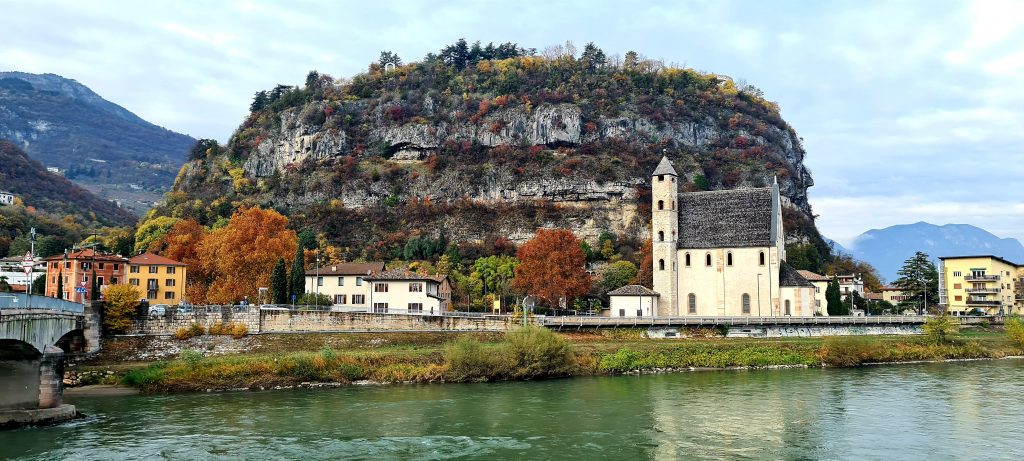
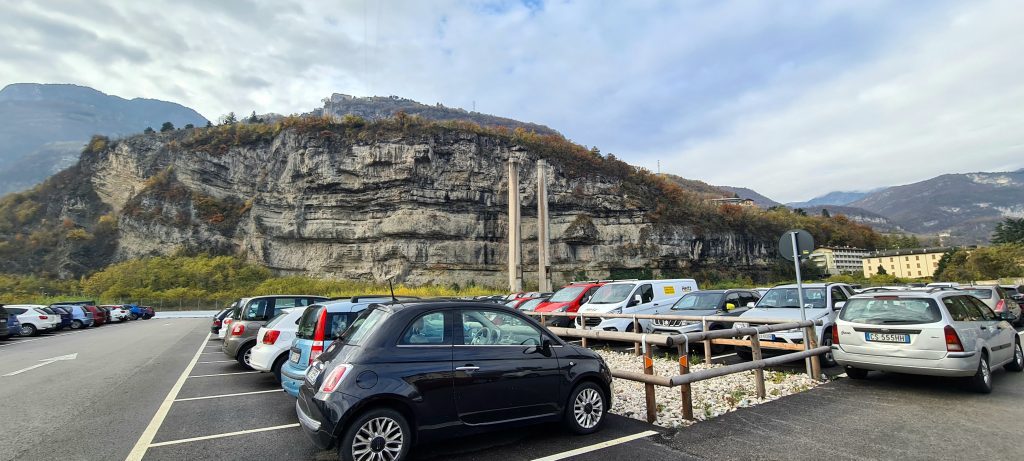
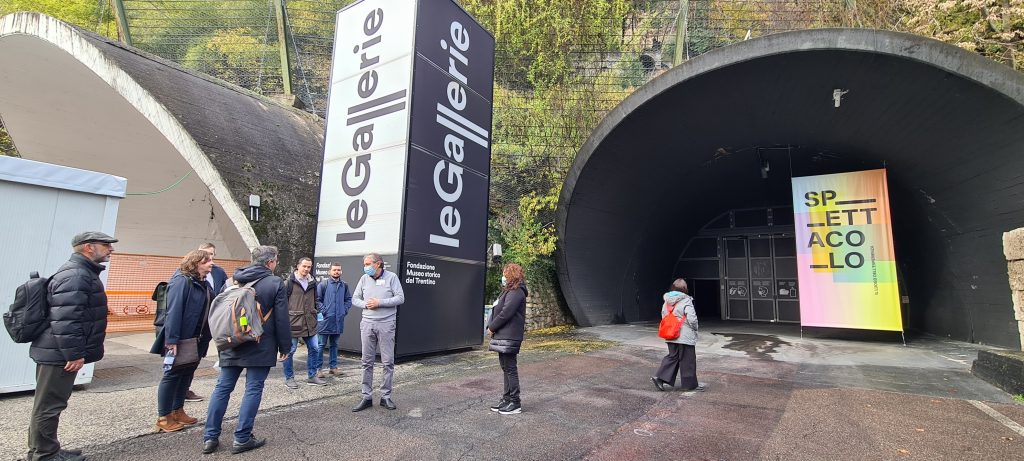
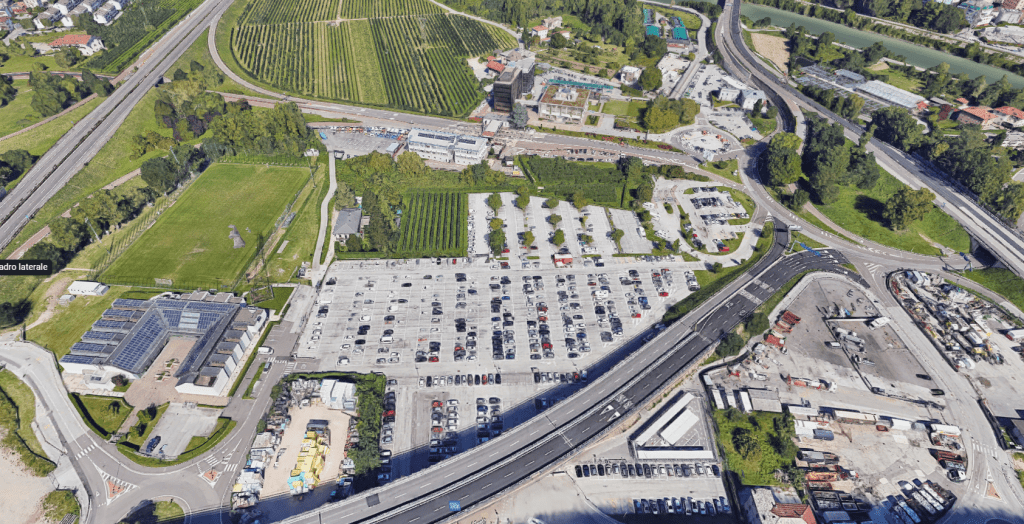
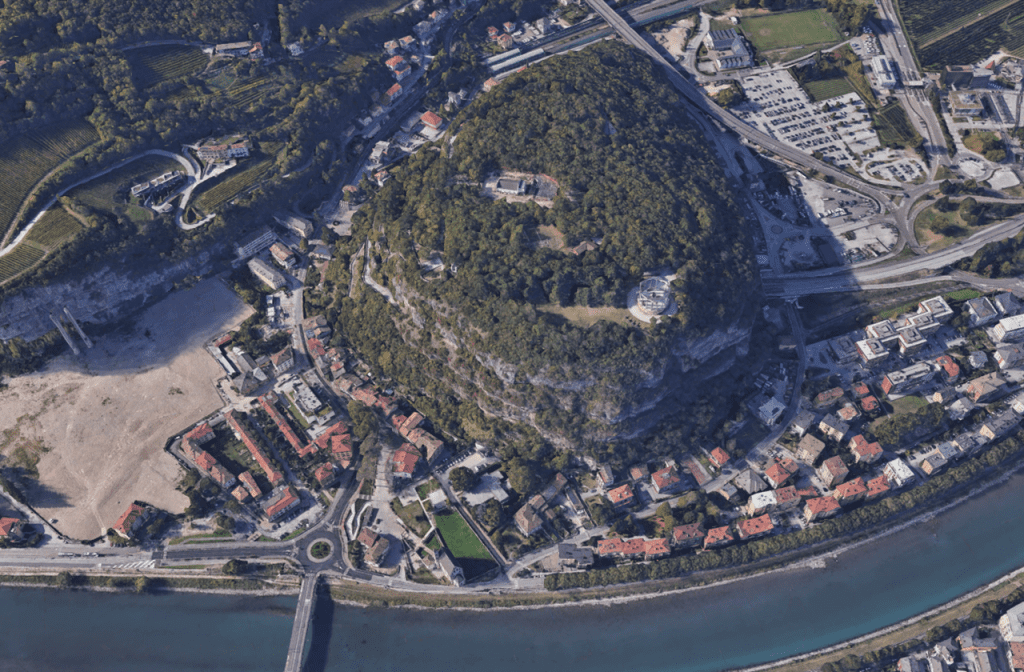
Want to know more about the new generation of climate positive circular communities (CPCC)? Sign up to our bi-annual newsletter (no spam guaranteed)!
This project has received funding from the European Union's Horizon 2020 research and innovation programme under grant agreement no. 101036723
Want to know more about the new generation of climate positive circular communities (CPCC)? Sign up to our bi-annual newsletter (no spam guaranteed)!
Want to know more about the new generation of climate positive circular communities (CPCC)? Sign up to our bi-annual newsletter (no spam guaranteed)!

This project has received funding from the European Union's Horizon 2020 research and innovation programme under grant agreement no. 101036723

This project has received funding from the European Union’s Horizon 2020 research and innovation programme under grant agreement no. 101036723

Subscribe to our Newsletter
Want to know more about the new generation of climate positive circular communities (CPCC)? Sign up to our bi-annual newsletter (no spam guaranteed)!